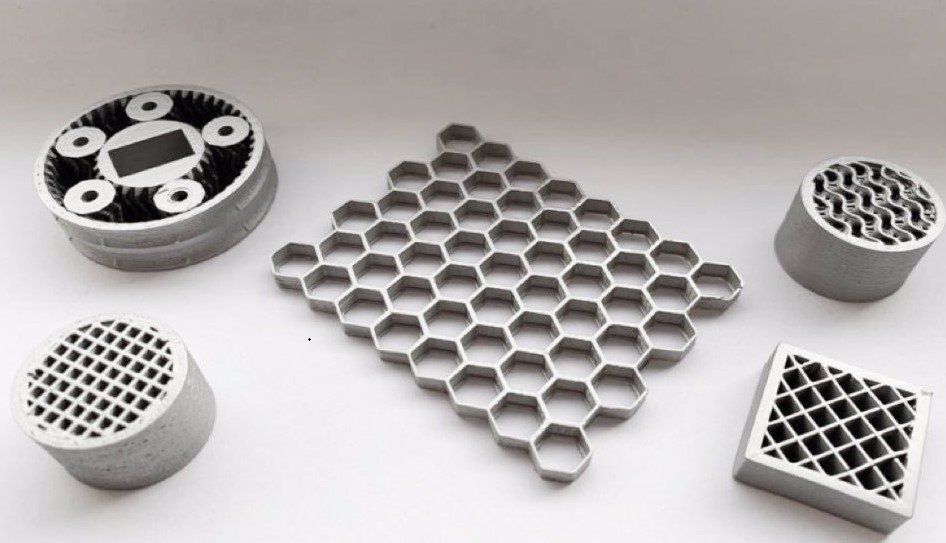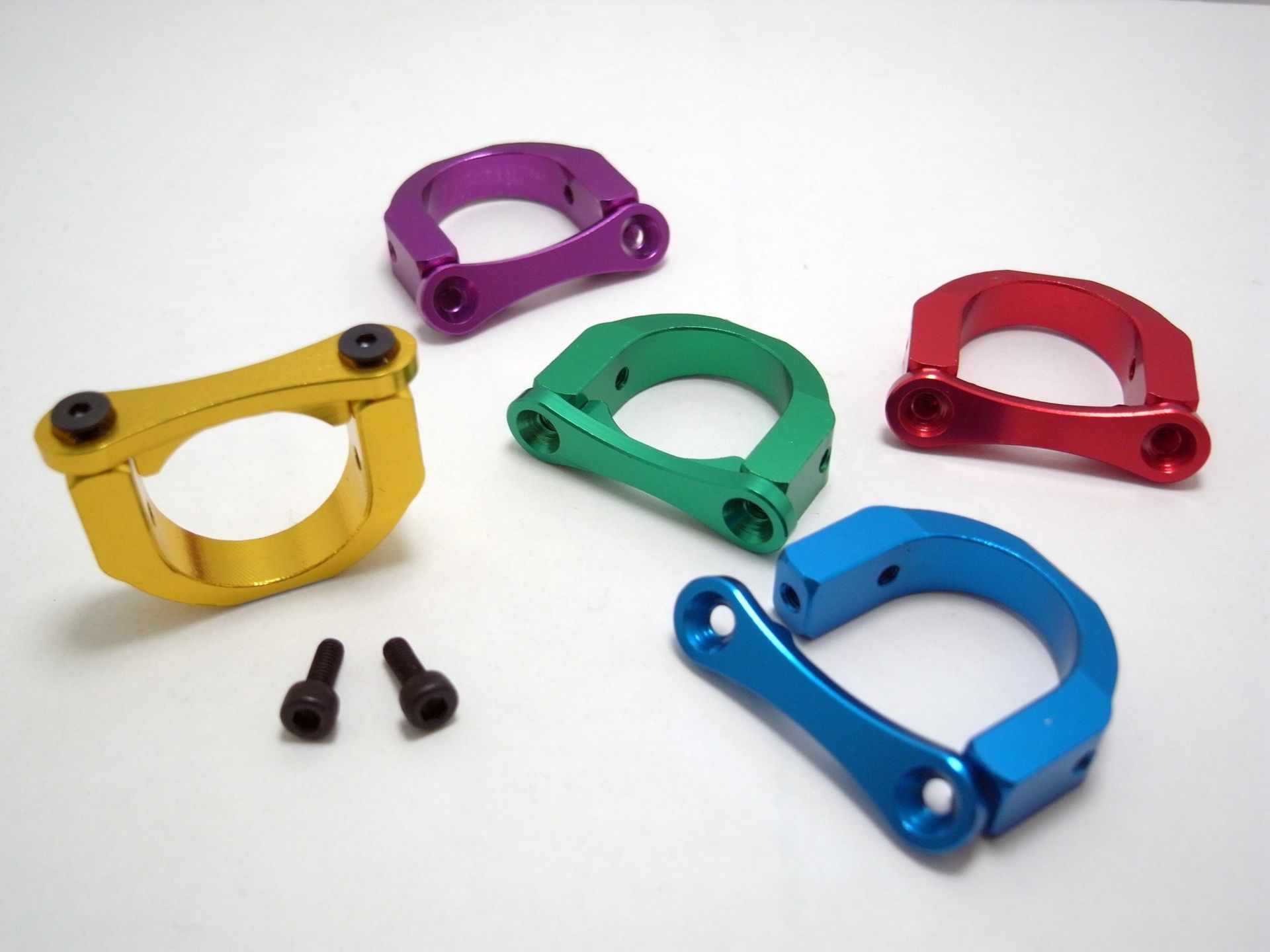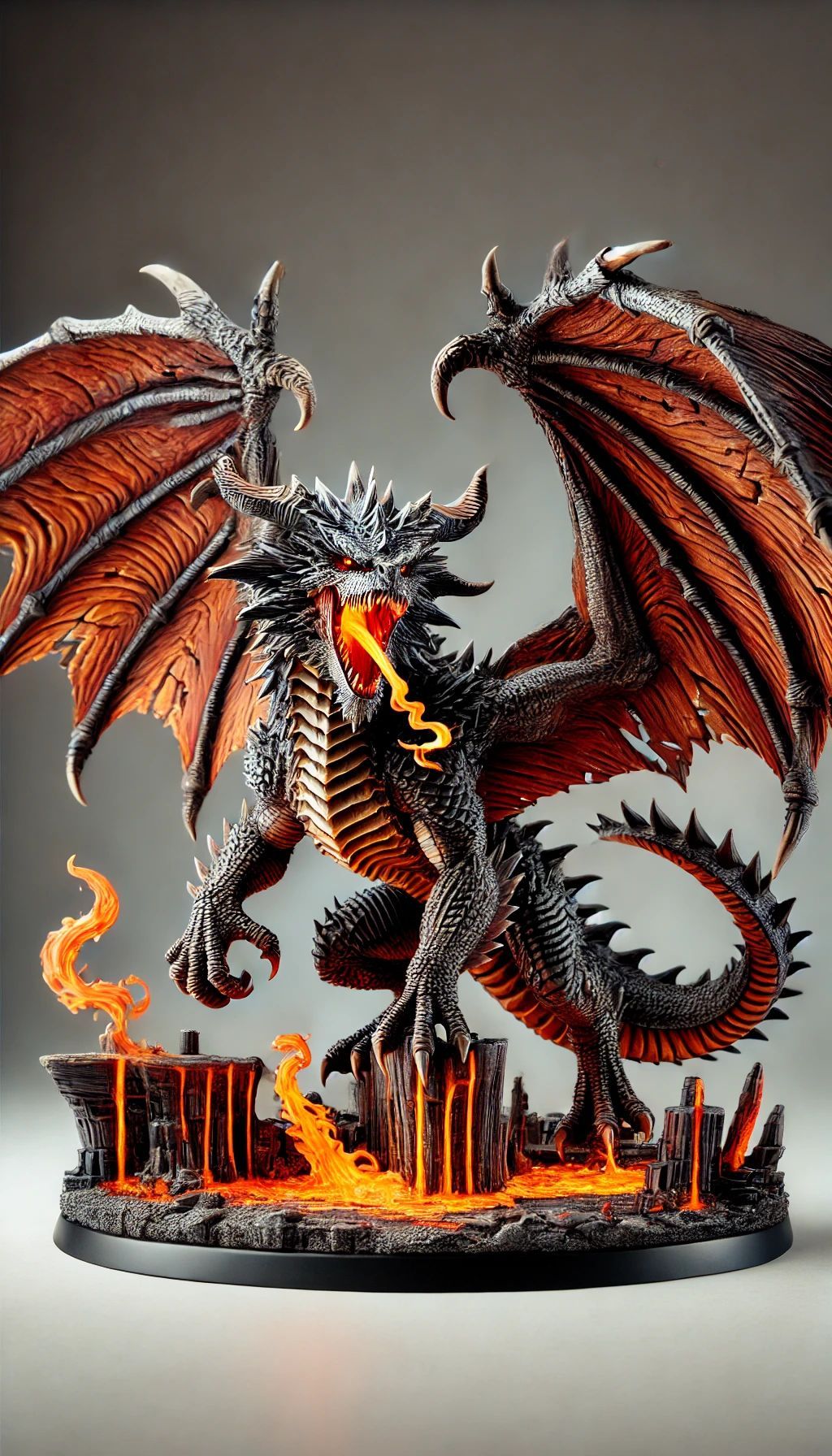RAPID PROTOTYPING & SMALL BATCH PRODUCTION
Rapid prototyping serves as an invaluable tool for businesses aiming to swiftly iterate and test their product designs, enabling them to refine concepts and identify improvements efficiently. For small batch production runs, 3D printing technologies (FDM) and (SLS) provide a cost-effective and agile solution, enabling companies to produce limited quantities of customized components or products without the need for expensive tooling or lengthy setup times
Fused Deposition Modeling
or FDM 3D Printing
FDM printers work by heating a thermoplastic filament to its melting point and then extruding it, layer by layer, to create a three dimensional object.
FDM printers are relatively inexpensive and easy to use, making them a popular choice for home and small-scale 3D printing

Stereolithography (SLA)
Stereolithography works by using a photopolymer resin that is cured by exposure to light.
The machine traces out the desired geometry layer by layer using a computer-controlled moving laser beam.
The beam is directed by mirrors that are positioned around the build platform.

CAD DESIGN & REVERSE ENGINEERING
When it comes to certain projects, a computer-aided design, or CAD, can be extremely beneficial. A main advantage to using CAD is the fact that it provides experts with greater accuracy. This is done by replacing manual drafting with electronic design software, such as SketchUp, Fusion 360, or AutoCAD Design Edition.
Sheet Metal Service
The sheet metal fabrication process is an essential part of many products we use on a daily basis. The traditional manufacturing processes rely on complex tools and high-quality metal structures, such as bending, milling drilling, or cutting with welding for durable quality work that can stand up against Mother Nature's elements.
A huge part in making sure everything works well at home includes having qualified professionals who know how to produce top-notch pieces like plumbing fixtures (tub/shower), roofs (shingles), guttering systems, etc. To ensure that these pieces are up to code and will withstand the test of time, it is important to follow the proper sheet metal fabrication process.
The first step is to create a blueprint or sketch of the desired product. This will be used as a guide during the manufacturing process. Once the blueprint is complete, the next step is to select the type of metal that will be used. This decision is based on the strength and durability required for the final product.
After the metal has been selected, it is cut to size and shape using a variety of tools. These tools include shears, saws, and lasers. Once the metal is the correct size and shape, it is then bent into the desired shape. This is done using a variety of machines, such as press brakes and hydraulic benders.
Once the metal has been bent into the desired shape, the final step is to weld the pieces together. This is done using either spot welding or seam welding. Seam welding is typically used for creating a stronger bond, while spot welding is used for aesthetic purposes.
After the welding process is complete, the final product is then polished and finished. This includes adding any coating or paint that is desired. The final step is to inspect the product to ensure that it meets all quality standards.
Sheet metal fabrication is a complex process, but by following these steps, you can be sure that the final product will be of the highest quality.
The sheet metal industry is a vast and complex one, with many different types of materials available for whatever your needs may be. Cold rolled steel, stainless steel, aluminum, copper - the options are endless. No matter what you're looking for, there's a material out there that can suit your needs.
But with so many options available, it can be difficult to know where to start. That's why we've compiled a list of some of the most popular sheet metal materials, to help you make the best decision for your project.
Cold rolled steel is a popular choice for projects that require a strong and durable material. It's often used in construction projects, as it can withstand high temperatures and heavy loads. Cold rolled steel is also easy to weld and can be shaped into various forms.
Stainless steel is another popular choice for sheet metal projects. It's corrosion-resistant and easy to clean, making it ideal for projects that will be exposed to the elements. Stainless steel is also a good choice for projects that require a polished finish.
Aluminum is a lightweight yet strong material that is perfect for projects that need to be lightweight and durable. It's also resistant to corrosion, making it a good choice for projects that will be exposed to the elements.
Copper is a beautiful material that can add a touch of luxury to any project. It's also very strong and durable, making it a good choice for projects that require a high-quality finish.
No matter what your project entails, there's a sheet metal material out there that can suit your needs. With so many options available, it's important to do your research to find the best material for your project.
Metal is a curious thing. It is so strong and yet so fragile. It can be molded and shaped into anything the mind can imagine, and yet it can be bent and broken with a single blow.
Metal is a part of our everyday lives. We use it to make tools, to build homes, and to fashion works of art. It is a versatile and essential material, but it is also dangerous. It can conduct electricity and can be used as a weapon.
Metal has been around for centuries, and yet we still do not fully understand it. It is a mystery, a enigma, and a source of great power. It is a tool and a weapon, a friend and a foe. It is both good and evil, light and dark.
We invite you to explore the world of metal with us. Come and discover its mysteries and its power. Learn about its history and its uses. See how it can be both a help and a hindrance. Discover its intricacies and its dangers.
And maybe, just maybe, you will come to understand this most curious of materials.

















